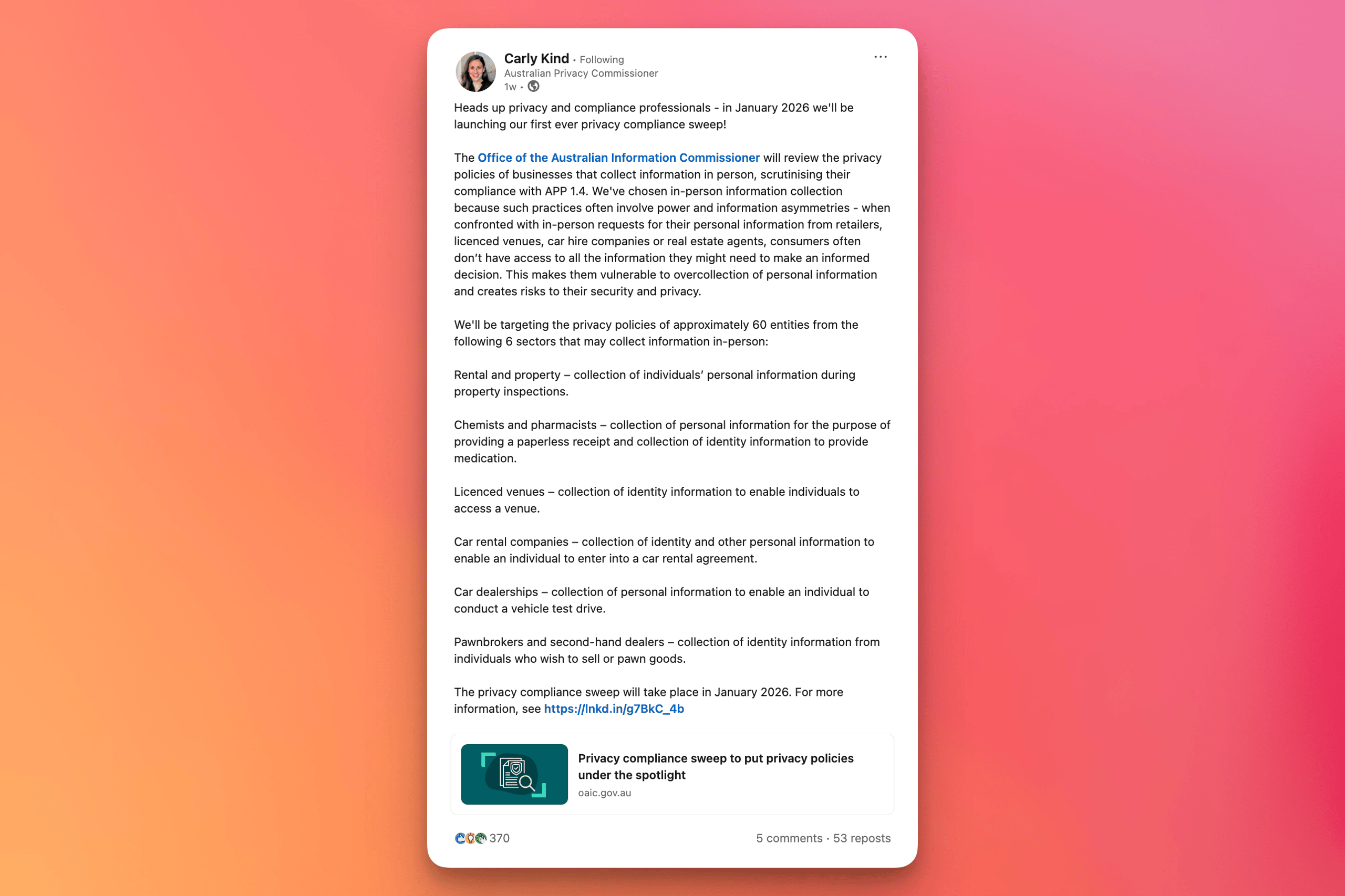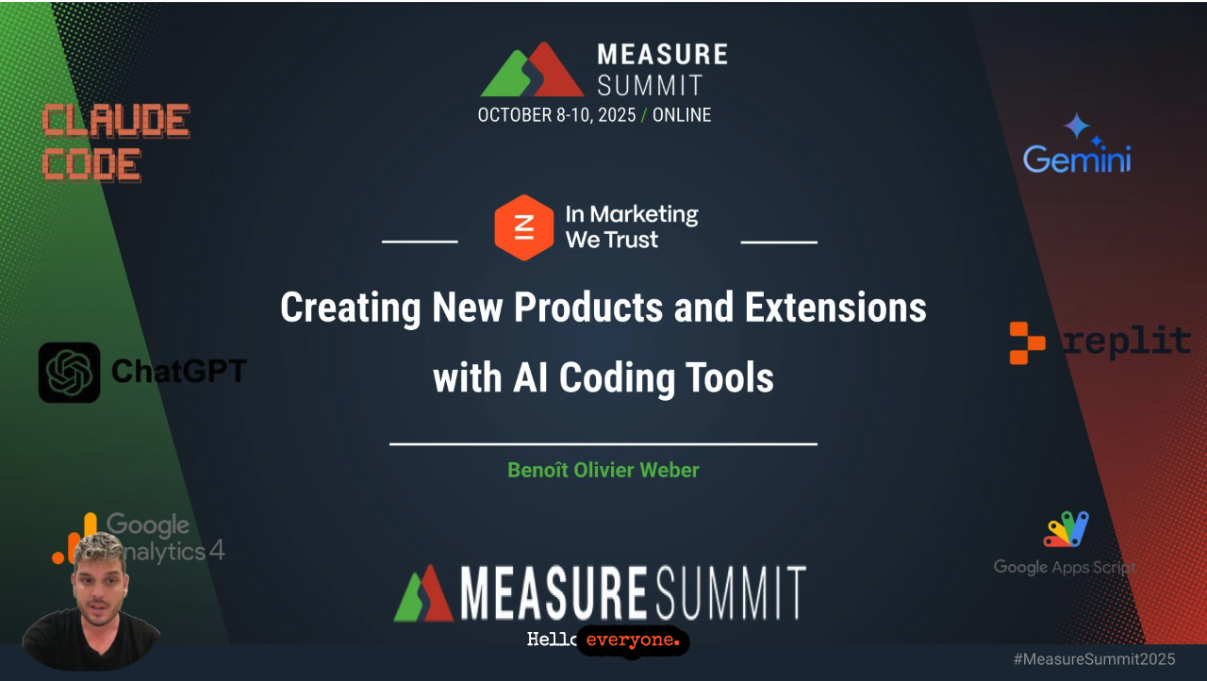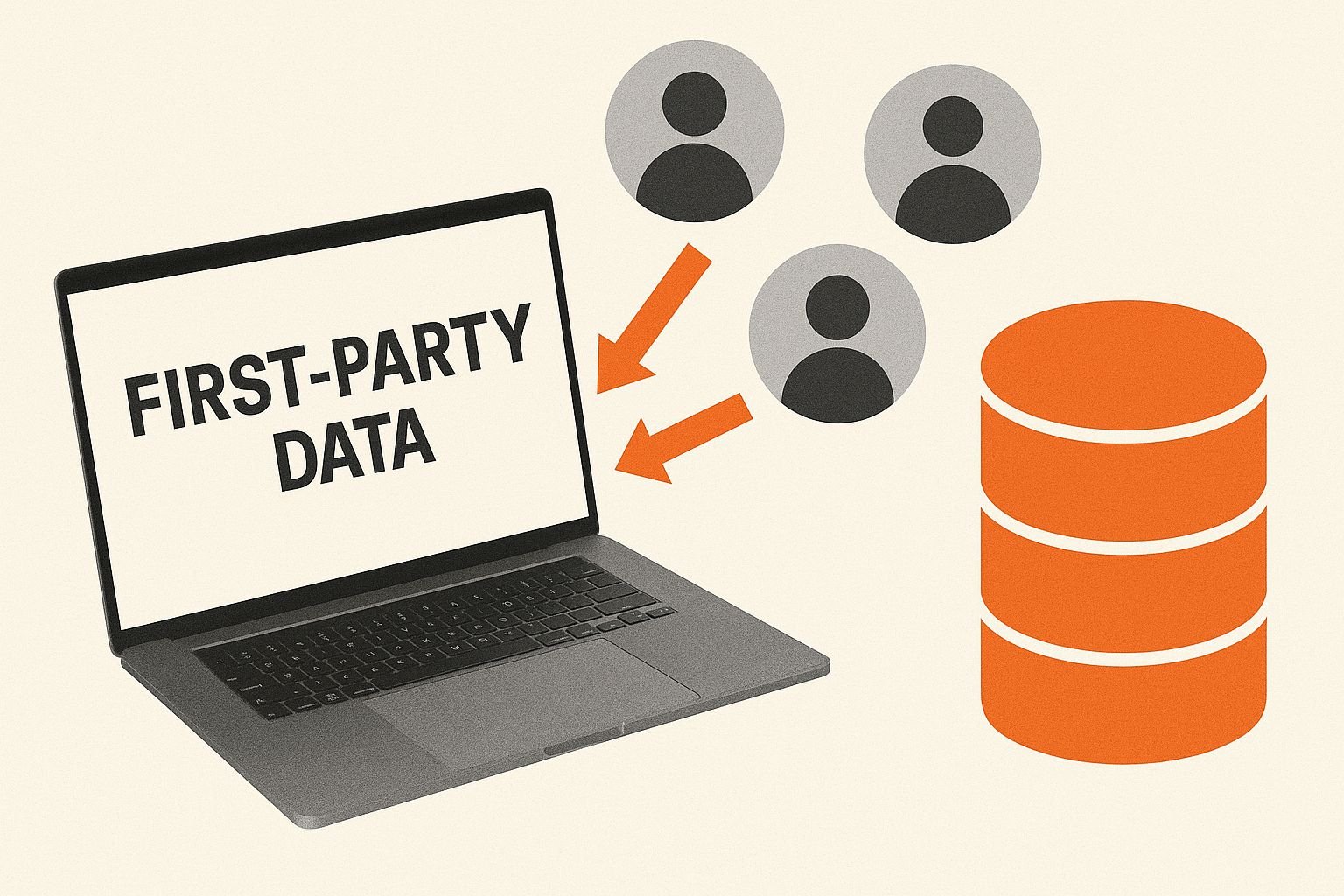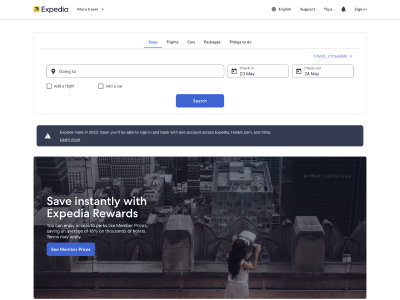How Big Data Analytics is Transforming Digital Marketing
Marketing is constantly evolving, and it is shifting away from individuals attempting to work out what will appeal to their broader audience. Data science and Big Data analytics are a significant reason for this. They are determined in real-time, thus being able to inform the decision-making process.
But Big Data is much more than that and we will help you to understand what exactly Big Data is, how to navigate through the difficulties surrounding it, and how to use iphoto-1528413538163-0e0d91129480.jpegt to improve your user experience.
What is Big Data?
Beyond the Buzzword

Defining Big Data can only be done through characteristics, not the quantity of data you have. For this, we need all three V’s of Big Data to be present. These are Volume, Velocity and Variety.
Volume
Volume is your quantity. You need a lot of data, more than a team of people could hope to analyse and gain valuable insights from, for it to be considered Big Data. However, the quantity associated with this data depends on the scale of your operation. If it is not big enough to start causing problems in terms of storage and processing ability, it does not have the necessary volume.
Velocity
Velocity is the speed at which your business is receiving new data. High velocity is essential to Big Data, as it aims to give a near-current view of your company’s performance across a multitude of platforms. Social networks, eCommerce and the Internet of Things (IoT) are the sources that most of the high-velocity data will come from.
Variety
Variety is the number of different locations this data is coming from. Big Data combines information coming in from a large range of sources. In addition to this, the data varies in type, from structured data such as numerical information to unstructured data such as social media posts, videos, and reviews.
Only these three criteria need to be met for your information to be considered Big Data, but there are two additional V’s to consider.
Veracity & Value
Veracity is the quality of the data you are compiling. If it is inaccurate or misleading, it can greatly influence the validity of the conclusions you draw from the rest of your Big Data.
Value is how helpful the data is to you and your business. The data will need to be combed through to find the relevant information and remove the rest.
Analysing your Big Data is going to require a lot of collaboration. IT, data science and marketing are all involved.
- IT oversees the programs required to deal with Big Data
- Data science interprets these findings
- Marketing applies this to your digital marketing strategy
For this to work cohesively, the team will need to understand the problems facing them.
What Are the Challenges of Dealing with Big Complex Datasets?
There are many difficulties surrounding these datasets, spread across various fields. A significant issue is storing and analysing all the data that is required. The numerical data can be searched through in a database, but handling the unstructured data is much more difficult. Investing in storage that can handle your needs, possibly utilising converged or hyper-converged infrastructure, is essential, as is choosing a form of Big Data analytics software.
Another issue is processing this data at a speed which will allow it to remain current when utilised. Incorporating various Big Data analytics tools can help to speed up the process and ensure that it is applicable to your current clientele. Tools like these can also solve the problem of combining data from such a wide range of sources by utilising integration technology.
Selecting which data is required is also a difficult task, which needs to have a rigid structure set in place for it to consume the least amount of time, whilst remaining effective. If you have the right tools and structures in place, Big Data can be an invaluable resource.
Using Big Data Analytics to Improve Customer Engagement
Using real-time Big Data analytics can illustrate the behaviours of your users in a way that is essential to implement into your marketing strategy. To be able to do this, you will need to know how to utilise your data in an effective way.

Where Could Complex Audience Datasets Come From?
There are many touchpoints that your business has with its clients that can produce complex behavioural data. If you are an eCommerce site, online transactions are a valuable way to analyse the psychographics of your users.
Customer relationship management (CRM) systems are also incredibly helpful, as they gather data from sales, customer service and social media. This allows for a broader view of the customer experience, especially when used in tandem with any other behaviourally based data.
What Types of Patterns can be Identified from These Datasets?
There’s a never-ending amount of patterns that can be identified from large datasets but those most worth investigating are numbers that could help engage your customers and increase your bottom line. These types of patterns could include:
Trends
A trending quantity is a number that generally increases or decreases (for example spotting a downward trend in your sales data). In Google Trends for example, we can see that searches for ‘SaaS’ in Australia rise a little in late November before dropping substantially during the Christmas break.
Statistical fluctuations
When dealing with fluctuating data we can calculate the trend line. For example, here we can see that in our study on How Australians Search for Travel Insurance, searches are at their peak in January and the middle of the year. If you wanted to launch a campaign for your travel insurance product, which months would you pick?
Correlations
Another goal of analysing your data is to understand the correlation between the metrics. A correlation could be positive, negative or not exist at all. For example, here we can see correlations between domain-level keywords and search engine rankings. However, it is important to remember that correlation does not imply causation.

Of course, the ultimate goal of defining patterns in your datasets is to predict the future. If you don’t have a crystal ball or a seer, you’ll need to use your datasets to predict.
What Tools Are Used for Big Data Analytics?
To start with, having as much of your information as possible stored in a SQL or NoSQL database will help you to manage the vast quantity of data you are interpreting. NoSQL is especially good at handling Big Data, as it can handle a wide variety of data types.
There is also Big Data analytics software specifically designed for storing and processing these quantities and types of data. Hadoop and Spark are two of the best. The key difference between the two programs is that Spark is significantly faster than Hadoop at processing the data but can only handle a fraction of the volume. It is important to consider which best suits your company’s needs.
Business intelligence (BI) reporting tools are used to analyse data with tools such as Tableau and Datameer. Using all these programs in tandem will help with the entire process.
What Impact can Big Data Analytics Have on Your Business?
The main impact of data science and Big Data analytics on your business is in improving customer experience. It can aid the decision-making process throughout your company by making you better informed. This can, in turn, lead to the realisation of goals such as higher sales numbers or website hits.
Various Big Data analytics tools can also aid in lowering costs, saving time, and controlling your online reputation through sentiment analysis.
This overall increased understanding of your target market and your increased ability to understand their goals will allow you to improve your client retention, make good decisions in terms of marketing and product development and improve your user experience. All of these factors make Big Data analytics a vital component to your future business strategy.















